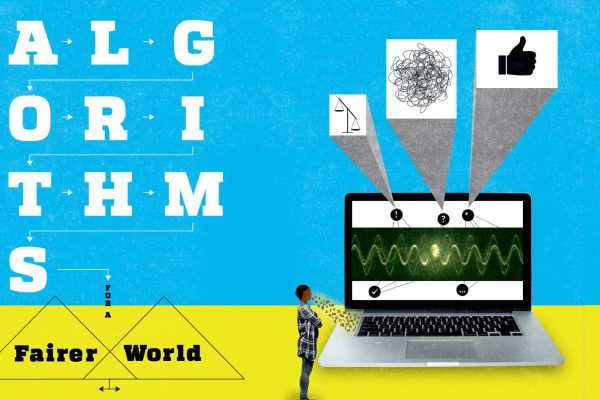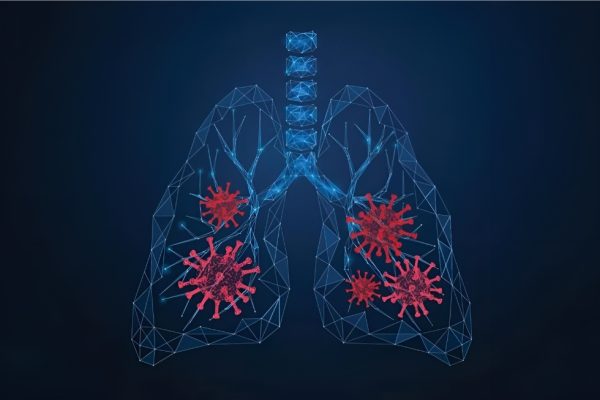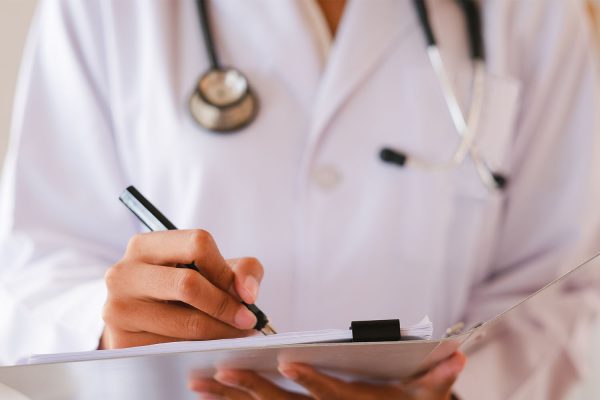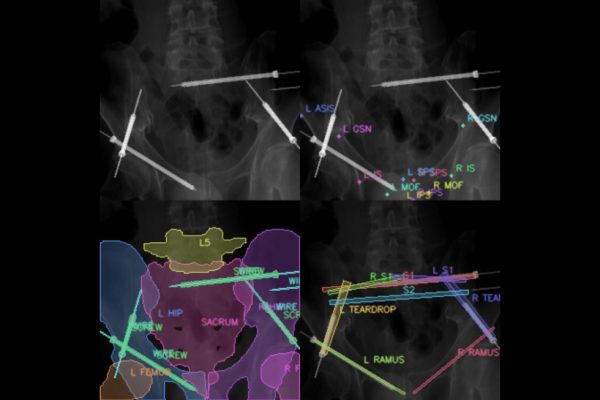In: Machine Learning and Artificial Intelligence

What policymakers should know about AI
- July 22, 2024
- Machine Learning and Artificial Intelligence
Biostatistician Brian Caffo explains why the Johns Hopkins University hosted a briefing to help congressional staff learn more about artificial intelligence and its many applications.

Algorithms for a fairer world
- June 14, 2024
- Center NewsMachine Learning and Artificial Intelligence
Machine learning technologies hold the potential to revolutionize decision-making. But how can we ensure AI systems are free of bias? Our experts weigh in.

AI can now detect COVID-19 in lung ultrasound images
- March 25, 2024
- COVID-19Machine Learning and Artificial Intelligence
An automated detection tool developed by Johns Hopkins researchers could help ER doctors diagnose patients quickly and accurately.

In others’ words: Using large language models to accurately analyze doctors’ notes and improve the reliability of real-world AI applications
- January 23, 2024
- Machine Learning and Artificial Intelligence
Johns Hopkins and Columbia University computer scientists teamed up to combat the inaccurate correlations that artificial intelligence and machine learning models learn from text data.

AI, the new surgical mentor
- December 13, 2023
- Machine Learning and Artificial Intelligence
A collaboration with researchers at the University of Maryland, Baltimore, Circlage is a cloud-based surgical video analysis platform designed to standardize, critique, and train surgeons on designated procedures.

X-ray vision: Tech could improve efficiency of pelvic fracture surgery
- November 22, 2023
- Machine Learning and Artificial IntelligenceMedical Imaging
Johns Hopkins researchers harness the power of machine learning to develop a first approach to X-ray-guided surgical phase recognition.